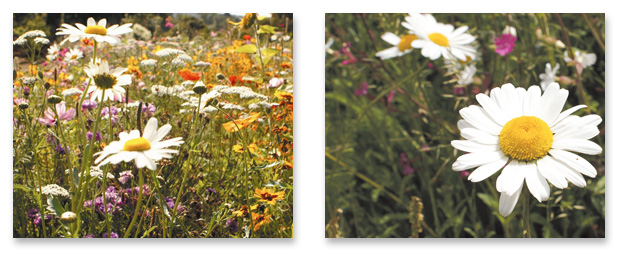As with the case with road verges could it be conceivable to convert difficult to manage areas of green spaces to a wildflower meadow? This was the suggestion by Angus Lindsay from The Landscape Group recently in an interview in the October issue of ProLandscaper Magazine.
His background is in agriculture, where he has gained experience in managing field operations and mechanisation Management, so perhaps not the background one would expect for considering wildflower meadows and biodiversity?! However the point here is that ecology, infrastructure and landscaping are crossing over due to such practicalities as BREEAM and code for Sustainable Housing.
For grounds maintenance professionals they have to keep our green lands pleasant and with the economic squeeze faced by many of us this year, this to say the least has been challenging. We shouldn’t stop mowing lawns completely, that would be unrealistic, but it certainly makes sense to look into alternatives. It is more about looking at sites which are challenging to the machines and people who operate them, and thinking about converting those areas into wildflower meadows, which is very simple and easy to maintain. Examples of challenging sites could be central reservations on certain roads, slopes and banks which are very steep, areas next to railways and rivers, or just those sites which have problematic site access, or very limited budgets. These considerations would make the maintenance more cost-effective, the machinery would still be utilised as a meadow will need cutting back once every year in the autumn and the cuttings removed.

Instead of a monoculture of grass, a biodiverse, colourful natural wildflower area would surly be the favoured option by many. What commuter would not be happy to see a splash of colour on an otherwise mundane landscape. Not only would they look stunning but they would be helping to support local wildlife.
Bristol Council have been innovative in their approach and have trialed this very idea and have planted an annual meadow at the bottom of the M32.